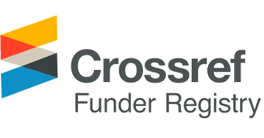Original Articles
- Publisher :The Korean Society for Bio-Environment Control
- Publisher(Ko) :(사)한국생물환경조절학회
- Journal Title :Journal of Bio-Environment Control
- Journal Title(Ko) :생물환경조절학회지
- Volume : 32
- No :4
- Pages :302-311
- Received Date : 2023-08-16
- Revised Date : 2023-10-10
- Accepted Date : 2023-10-10
- DOI :https://doi.org/10.12791/KSBEC.2023.32.4.302



 Journal of Bio-Environment Control
Journal of Bio-Environment Control









